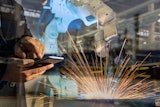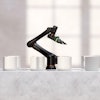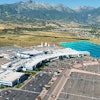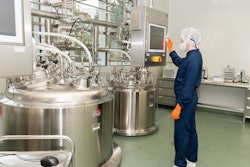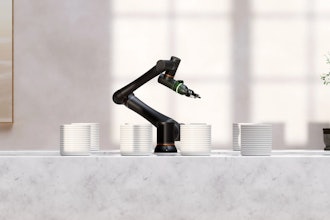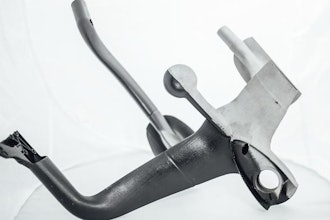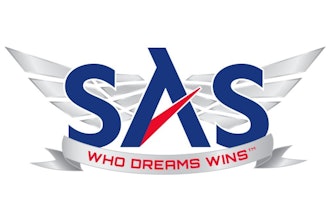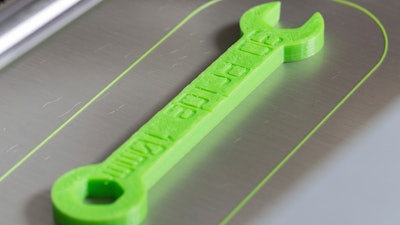
Two years ago the global consulting and services firm PwC published results from its Disruptive Manufacturing Innovations Survey. The goal was to record a snapshot of how U.S. manufacturers were adopting 3D printing, how they were using it, and the role they felt it would play in the future.
Recently, PwC unveiled an update to this research. The survey confirmed a number of trends while also identifying a collection of persisting reservations about the technology.
The adoption of 3D printing—both desktop and industrial—continues to rise. According to IDC, global spending hit $11 billion in 2015 and is forecast to reach $27 billion by 2019. This growth has been aided by a list of build materials that continues to expand beyond plastics and resins to include metal and ceramics.
More reliable printing technology, expanded knowledge of how to incorporate it, and better materials also seem to be playing a role in the wider spread application of 3D printing. PwC’s results show that more manufacturers are currently implementing 3D printing in some way when compared to two years ago, (66 percent in 2014 vs. 71 percent in 2016), and a higher percentage (51 percent) are using it for prototyping and final products than two years ago (35 percent.).
More specifically, the PwC data showed shifts in the way manufacturers are using 3D printing.
- “Prototyping only” responses increased to 31.4 percent from 24.6 percent two years ago.
- The number of manufacturers not implementing the technology decreased from 33.3 to 28.9 percent.
- The number of responses indicating that they were experimenting with 3D printing decreased from 28.9 to 17.4 percent.
- The number of manufacturers using 3D printing for prototyping and production increased from 9.6 to 13.2 percent this year.
- The use of 3D printing for production of final products increased from less than one percent two years ago to 6.6 percent of respondents in 2016.
In support of the belief that 3D printing quality is improving, 42 percent of respondents expect 3D printing to be used for high-volume production in the next three to five years. This is a four percent increase over two years ago. Most manufacturers (67 percent of 2016 respondents) believe that 3D printing will be used primarily for low-volume, specialized products. However, more than half (52 percent) believe 3D printing can be a viable solution for aftermarket parts production.
The production of aftermarket or replacement parts and products via a 3D printer would be a dynamic supply chain shift. When asked specifically about the areas where 3D printing could have a disruptive effect:
- 22 percent said it could restructure supply chains.
- Another 22 percent felt it threatens intellectual property.
- 18 percent believe that it will change relationships with customers.
Two years ago the number-one concern was supply chain disruption. However, before this technology can have any type of effect on the supply chain, product development or customer relations, it needs to be purchased. The most commonly cited barriers to adopting 3D printing follow:
- Those citing the higher cost of 3D printers increased from 31.5 to 42.1 percent.
- Uncertainty over the quality of the final product decreased from 47.2 to 33.1 percent.
- Concerns over the printer/process taking too long increased from 19.4 to 25.6 percent of respondents.
- A lack of inks or building materials was cited as a concern by 22.3 percent of respondents, about the same as two years ago.
- An inability to print fully functional systems was a concern that was cited by 22.3 percent, a sizeable jump from the 13.9 percent of responses in 2014.
- 9.1 percent of respondents are finding it difficult to recruit the necessary talent for managing 3D printing operations. This is an increase from 8.3 percent.
When examining these findings, it appears that more manufacturers are embracing the potential of 3D printing, but concerns over cost, the ability to handle more complicated builds, and process implementation persist. As more build materials are made available and the functional capabilities of the printers improve, it will be interesting to see how these responses change.
